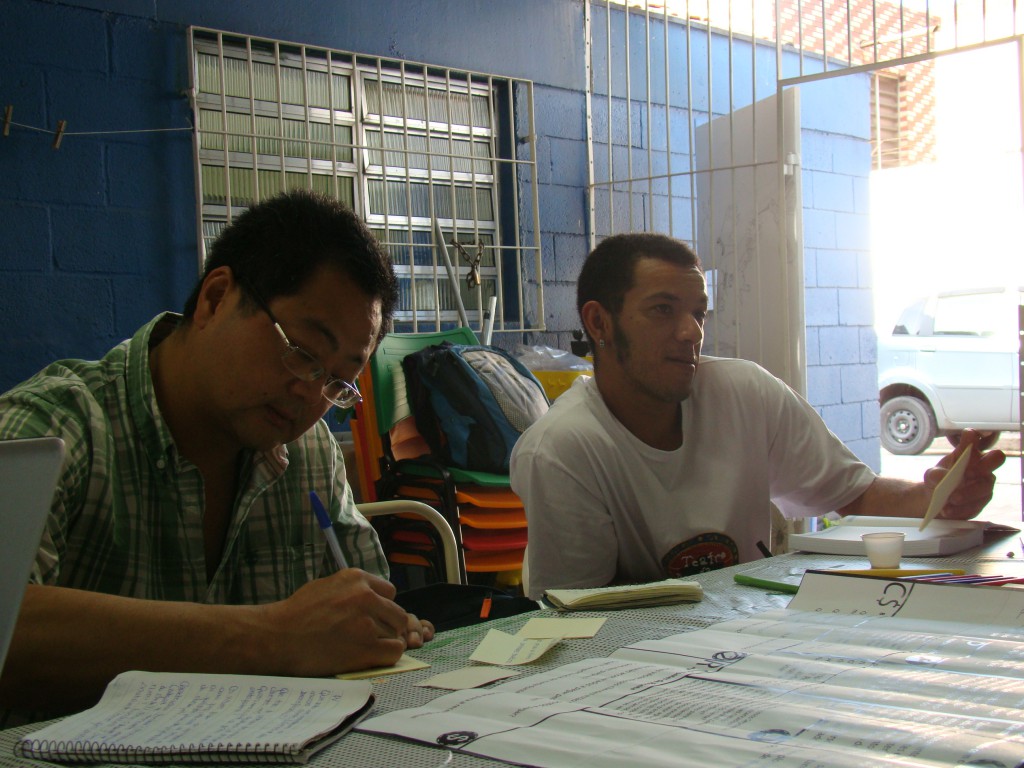March 12, 2012
March 5, 2012
Social impact
Often Innovation can feel like a magical process. To someone working everyday surrounded the complex challenges of sectors like international development, these processes feel even further away. This isn’t because because practitioners aren’t aware – but more because practitioners are usually both time-poor and action-oriented – without having the time to sift through an ocean of tools and methods to find the ones they need. Most practitioners find the overly designed toolkits inaccessible and would rather have tools to trigger and support their work so that they can customise them to their needs. This is was where the two Reach partners, STBY and Quicksand teamed up and co-designed and developed the DIY Toolkit.
The DIY (Development Impact and You) toolkit has been made in close collaboration between STBY, Quicksand as well as Nesta, who initiated, and the Rockefeller Foundation, who supported the project. It has been specially designed for development practitioners to invent, adopt or adapt ideas that can deliver better results. The toolkit features 30 innovation tools freely available on a website, and is contextualised with real-life case studies, demonstrating how these tools have been used to support practitioners in their work. The launch of this site will be followed by a book as well as multi-media video tutorials for each tool.
The overall development of the toolkit was divided in 3 key phases, with the toolkit becoming more and more concrete as it evolved iteratively through each phase. A co-design process in the 1st phase, resulted in an early prototype toolkit version. This built upon the foundation of Nesta’s previous work on innovation, making it more fit for purpose.
The second key phase of user testing, saw the enhanced prototype of the toolkit given to practitioners and organisations around the globe in various fields (education, health, financial inclusion, microfinance, rights & advocacy etc.) and locations across the Global South (Asia, Africa, Latin America). While some of these participants were researched more closely through in-depth conversations in their use of the toolkit, including frequent checkins and guidance, we also invited for a more open round of remote testing on the use of the toolkit with a much wider audience via a bespoke online platform. The process validated and refined our early prototype.
The final stage of the project was making sense of all this feedback and analysing it to further refine and deliver the toolkit. Though, the DIY Toolkit has been launched, the aim is to continue collecting and sharing stories of use by the practitioners.

